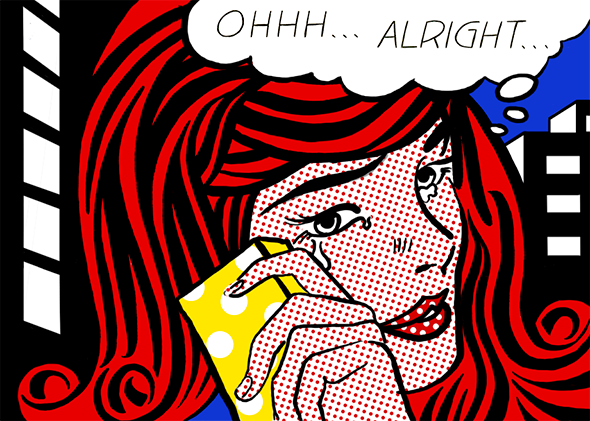Of all the emotions that can hobble spring cleaning, the worst might be sentimentality. I know, because I’m currently struggling with a bout of it myself. On my bedside table there is, inexplicably, a plush hoot-owl with a scarf and beanie hat that has been doing little except collecting lint and dust and cat saliva since I brought him home. In short, my hoot-owl is adding mess to my house, and if I aim to practice what I am about to preach, I should dispose of him immediately. For it is not dust or grime that is the main enemy of clean, during the spring or otherwise—that dubious honor goes to clutter.
It can be hard to part with the crap that clutters our homes, especially when we are not yet aware that it is crap. But I can assure you it is, and tossing it out is probably the single most useful step you can take as you are re-evaluating your home each spring. Avoiding clutter is, of course, old advice; I particularly enjoy this admonition, offered by Mary Davis Gillies in 1948:
The stuff clutters the mantels, crowds the table tops, overflows from shelves. It creates confusion, requires constant dusting, and makes no decorative contribution. Everyone ceases to see it. Usually 90 per cent of this clutter is too small to require a second thought. Having it on display is like wearing all the costume jewelry you own at one time. So unless you want to develop a serious case of bric-a-brac mind, the frivolous, petty, small junk must be cleared out.
Gillies’ sentences are as packed with wisdom as are the coffee tables with geegaws that she mourns. Contained within the first line is a central principle: Cleanliness demands an appreciation of bare surfaces. Mantles, table tops, display shelves: All of these can be great assets in keeping your house clean simply by having their surfaces somewhat visible. But overcrowd them with doolollies—even meticulously arranged doolollies—and the magic is broken. This is not to say that everyone must adopt a minimalist aesthetic to be clean; we do want some personality in our living spaces. The point is that so much of cleanliness depends on lines of sight, on the freedom to look around a room and rest one’s eyes on a number of neutral points. Consciously cultivate these during spring cleaning, and not only will your guests judge your home cleaner by default, but you yourself will also be better able to see when actual dusting and wiping is needed.
Gillies goes on to criticize objects that offer “no decorative contribution,” the “90 per cent” of clutter that is “too small to give a second thought.” Let’s join her in that criticism, but let’s also expand it to include items that appear to make functional contributions. It’s easy to see why amassing a platoon of figurines is a bad idea, but what about that bazaar of spice jars in the kitchen or the apothecary’s worth of primping products in the bathroom? When I am in houses that feel dirty to me, it is rarely an issue of strange collections of Precious Moments angels or African fertility idols run amok; far more often the owners have “ceased to see” all of the goods that crowd their spaces. While some of these, like olive oil, may be in regular use and thus worthy of being left neatly out if you prefer, from the stuck-shut vinegar tops and crusty hair crème containers one can surmise that many are not. It is a best practice to sweep all areas of your house ruthlessly to see what you can dispatch.
And when you do dispatch, do it with zeal. Again, sentimentality is the enemy here, and it can crop up in the strangest places—I’ve been told that bottles of moisturizer have been kept around because of the charming purveyor from which they were purchased. This is insane; those bottles, they are working black magic on you. Place firmly in your mind the protective mantra that if you haven’t felt affection for an object in six months, the unbearable pain you’re feeling at the thought of its demise is a kind of false consciousness. Also, beware of overindulgence in thriftiness, which is very often the first sign of hoarding. Indeed, when I roam my house with receptacles (for donation, recycling, and garbage), I call it my “anti-hoarding” prowl. I picture what my shower caddy, for instance, would look like if all the half-used bottles of so-so shampoo I tend to try on a whim continued to stack up unchecked, and I shudder—but only for the length of time it takes to toss them in the bag. After that comes relief, a sense of peace that can only be the result of having avoided that most dreaded fate, a fatal case of “bric-a-brac” mind.
Next up: The kitchen sink problem.
